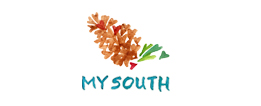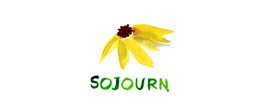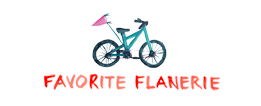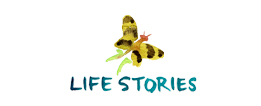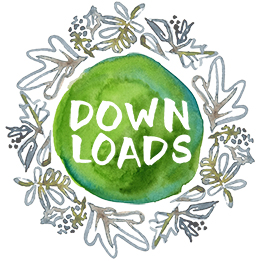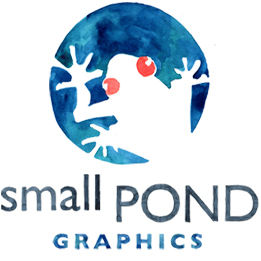I’ve been noticing some of those blossoms making an appearance in my outdoor spaces over the last week or so. My backyard is telling me the next stop on the color train is Purple! Of all the colors in the spectrum, the one that often signifies the most depth to me is purple. From the shades of magenta to deeper eggplants, it just seems to have a complexity that always attracts me. It makes me wonder. It makes me imagine. Let’s take a look at the hidden messages the color purple delivers.
GENERAL IMPRESSIONS:
A combination of red’s excitement and blue’s calm, purple is a complex medium that is most commonly associated with royalty. Unlike some of the other colors, cultural background plays a strong role in how the color purple is perceived in different parts of the world. It’s kind of an uncommon color in marketing applications, but in the right context, it can offer a sense of the daring and dramatic that is powerful. Because of its connection with royalty, purple certainly adds an air of elegance and wealth wherever it is used.
Because purple does not occur as often in nature as other colors, the associations related to it tend to be a bit more introspective. Purple is perceived as a complex and contemplative color often signifying creativity, eccentricity and unpredictability. It sometimes signifies an artistic bent as well as a sense of daring. In many cultures, purple has been used to signify spirituality, and offers a sensual depth of feeling. Colors in the purple family also connote a sense of mystery.
COLOR VARIATIONS:
Blue purple tones that are on the more radiant end of the spectrum are most often associated with New Age philosophies as well as futuristic ideas. The deeper royal purples represent a perceived value in many cultures, particularly in European societies where they are closely associated with royalty. These purples lend a regal and majestic quality to design applications. Lighter, grayed-out purples like lavender evoke softer, more sentimental and nostalgic emotions and are associated with gentility and refinement. They are also perceived as delicate, embodying the sweet tastes and scents present in the plant bearing its name.
NEGATIVE ASSOCIATIONS:
Because purple does not hold as many references found in nature, its associations are more cultural and therefore, more subject to individual tastes. Therefore, it can be challenging to choose where it might appeal to a wide audience. It’s association with New Age and mysticism can be a negative association in many aspects of Western society. In addition, it is also sometimes associated with an exploration of gender roles which can make the color subject to being politicized.
Purple can infuse color palettes with a uniquely rich quality in the right context. It can add a balancing cool undertone to warmer color schemes and conversely a warmer tone to cool schemes. Because purple hues can be pushed from the cool to the warm ends of the spectrum, the color be a powerful counterpoint in color combinations, adding depth and vibrance.









 Hello & welcome! I’m Haley Montgomery, and I’m the designer and owner of
Hello & welcome! I’m Haley Montgomery, and I’m the designer and owner of 